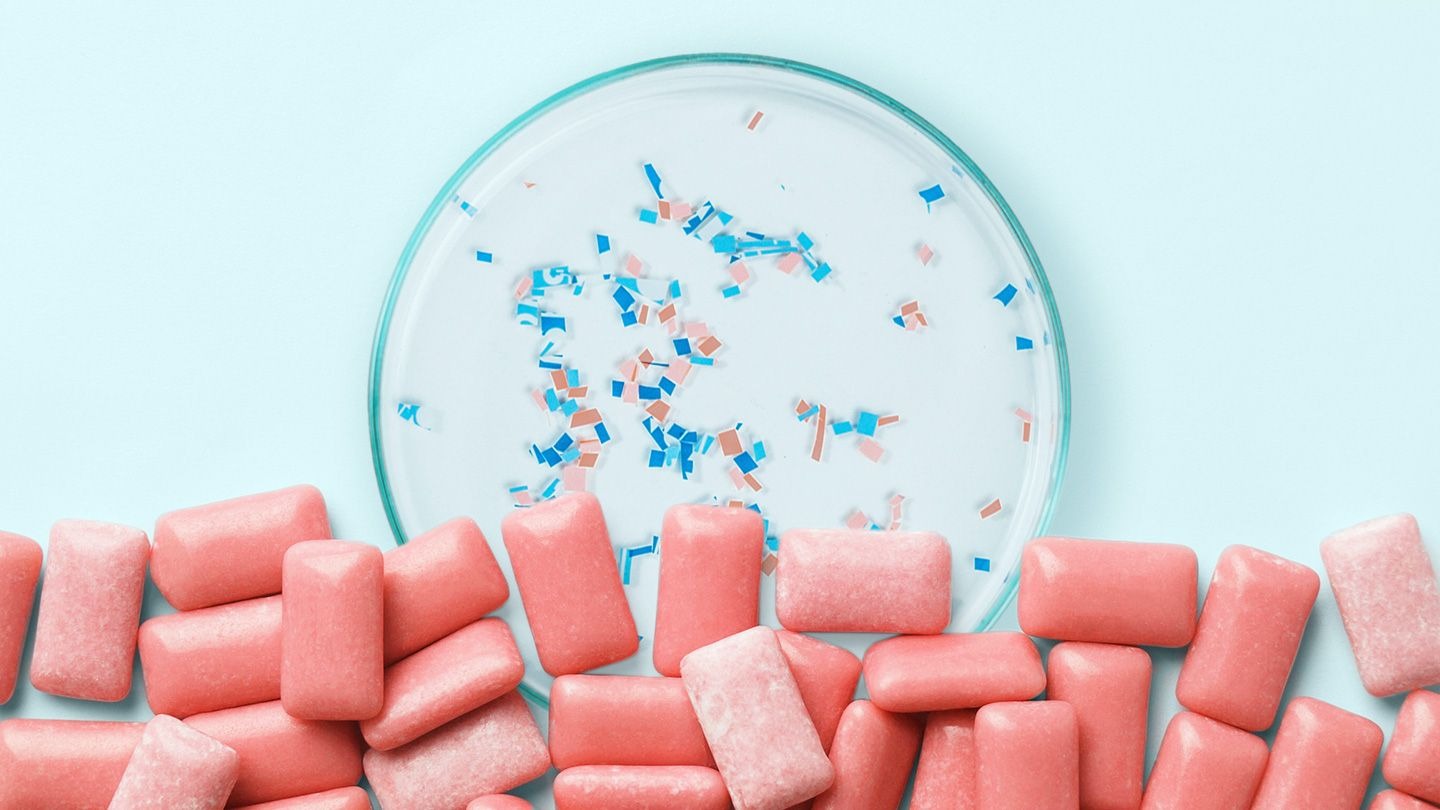
A recent study led by researchers at the University of California, Los Angeles (UCLA) has found that chewing gum can release hundreds of microplastic particles into the mouth. The research adds to growing evidence of widespread microplastic contamination in the environment and human body.
The study, which is pending peer review, involved PhD student Lisa Lowe chewing seven pieces from ten different chewing gum brands. Chemical analysis of the saliva showed that, on average, each gram of gum released about 100 microplastic particles, with some samples releasing over 600. Given that a single stick of gum weighs around 1.5 grams, this could equate to nearly 30,000 microplastics annually for someone who chews 180 pieces of gum a year.
Gum Ingredients and Plastic Sources
Most chewing gum contains petroleum-based polymers, which are typically labeled as "gum base" on packaging. The study found microplastics in both synthetic and natural gum, raising concerns that plastics may come not only from the ingredients but possibly from contamination during production.
Experts note that chewing gum shares chemical components with items like car tires and plastic bags. Although some scientists found the results surprising, others said the findings aligned with previous knowledge of gum's synthetic composition.
Health Risks and Industry Response
Despite the findings, researchers and health experts emphasized that the small quantities of microplastics found in gum are unlikely to cause significant health harm, as they likely pass through the body without being absorbed.
However, the study also brought attention to the environmental impact of discarded chewing gum, which often ends up as litter on sidewalks, contributing to plastic pollution.
In response, the U.S. National Confectioners Association defended the product, stating that chewing gum is FDA-approved and safe for consumption.

 Share
Share



